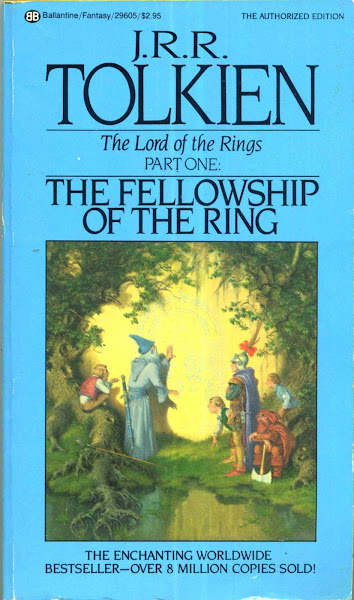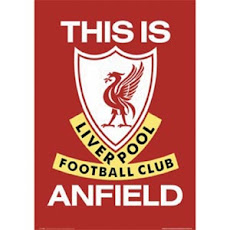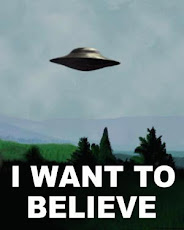by rick olivares
The
International Little League Association of Manila nabbed a spot in the Senior
League Baseball World Series with a 7-6 victory over Saipan in the Asia-Pacific
championship the other week. And it is an incredible achievement in local
baseball’s Holy Grail-like quest for baseball immortality.
As
a long time baseball fan, I hope the sport can recover its lost glory. We’ve
seen how football and baseball have catapulted into the national spotlight and
consciousness in the last few years. Other new sports such as Dragonboat racing
and Mixed Martial Arts have also gotten a lot of press but baseball one of
those sports introduced by the Americans at the turn of the 20th
century to its then colony has lost its way.
We
reason out that sports like football, boxing, and track and field among others
are sports where Filipinos can excel because height is not a prerequisite. If
that is the case then so does baseball belong in that group.
What
I would rather do is draft a manifesto and hope that a renaissance will take
place.
Some
of the problems plaguing baseball include:
The absence of a
nationwide Senior League (18 years old and up) program to serve as
the feeder system for the development of the National Team.
We
have a national team that is not only aging but also lacking in institutional
support. Some players in their 40s are were only removed a while ago but with
great pains to the leadership. Some deserving kids didn’t even make the lineup.
As
it is with many sports in the country, it’s not simply about talent but about
who you know and if you have money.
The absence of any
integrated development program limits the horizon of the sport’s long-term
objectives and the long-term prospects of developing interest in the game in
the Philippines.
What
the sport needs is:
· a
grassroots development program of the sport at the community level in terms of
player talent, coaching skills, or umpiring resources used in continuous
clinics and local, provincial or national tournaments
· a
nationwide elementary and high school program that can serve as a potential
funnel into a college or university setting
· a
university program that then flows into any semi-commercial or commercial
program that supports and encourages the continuing development of player
talent that can eventually complement the National Team
· a
semi-commercial or commercial league that provides the ultimate stimulus of
talent development that can serve the needs and interests of all potential
stakeholders in the game.
Youth
groups (Little League tournaments: ILLAM, Marikina league, Cebu League,
Muntinlupa Little League; PONY program: NCR-TOT tournament, Davao
Baseball League, Laguna Baseball Invitational; and Junior Baseball Softball
Foundation Tournaments: KIDS Summer Classic, KIDS Goodwill Games, and KIDS
Tournament of Champions) have been able to stage and operate
their respective tournaments without any support or guidance from the
baseball NSA. The sport has been a free-for-all so to speak.
There
is logic to let this free-for-all happen and determine who is preferred
by the active teams but there is wisdom to know when strict
policies have to reign over these tournaments that clearly overlap in terms of
inviting teams, handling umpires & coaches, as well as the
solicitation of sponsors.
Little
League (five-18 years old) has been ongoing for about 25 years but is
privately funded by its local charters and willing local government units host
the national championships every summer.
We
have two privately run school tournaments: NCR-TOT (six years-18 yrs old) and
the United Baseball League (high school). The TOT has been ongoing for almost
12 or more years while the UBL has been going for a few years now. They
co-exist via professional courtesy amongst groups and stage their tournaments
according to a certain agreement.
The
UAAP, PRISAA, and SCUAA may be the only existing college or
university programs but they have not grown in number of teams or in
number of games played by the teams.
Baseball
Philippines is the only semi-commercial league existing in the past couple
of years. Its community-based format but it still lacks traction from corporate
sponsors much less their respective communities. Still it’s a great start.
The sport needs a face.
Football
has the Younghusbands, Chieffy Caligdong, and a few other national players.
Volleyball has all these beauteous beauties in tight fitting uniforms.
Philippine baseball? Quick. Name me one.
Chances
are if you don’t really follow the sport, you’ll cite those who switched names
in that 1992 Little League Baseball scandal or Benny Agbayani. Really? You must
be one of those Filipinos who like to own everything with a scintilla of
Filipino blood out there while conveniently forgetting that they have
citizenship elsewhere.
The
leadership (not to mention for the most part the national line-up) has
outlasted communism, dictatorships and has been in power longer than TV Patrol.
Baseball
needs new blood and some faces because that will help in its popularity and
marketing.
Have there been any
inroads in the past few years?
Some
new players have been taken into the team because of pressure from the media
and the Philippine Olympic Committee. Some players left the team for greener
pastures and new players come in via direct hires. There is still
no scientific method of selection and retention.
A
group called Titans Baseball Club was active in the early 2000s trying
to fill the gap after college and the Philippine Amateur Baseball Association (PABA)
Seniors Tournament would be existent one year and absent the next.
Titans
organized tournaments on a meager budget and sustained the interest of
graduating UAAP players to continue playing and led to the creation
of a higher-level tournament called Baseball Philippines (where all
our current and prospect national team players participate in).
The
Major League Baseball International Coach Envoy program has been helping the
Philippines for the past 14 years by sending US-based coach envoys. These
envoys have proposed a scientific method of scouting talent and developing
skills. The reason why it has not been fully implemented is due to the lack of
planning by the NSA on cross over careers for the over-mature players in our national
squad.
It’s
expensive to stage tournaments and since baseball is not a mainstream
sport in the Philippines, private funding from commercial
sponsors is hard to find. Unless undeniable promise is seen in the near future
for the sport, little support or donor fatigue will be the common
predicament of the tournament organizers. In fact, one reason why
there are certain individuals involved in the sport is because of their
children. When they are done with school or are a little older, then that
funding is cut and a new batch of moneyed parents take over.
PABA
must do its internal and external industry analysis then come up with policies
and systems that would help the existing programs to achieve continued
progress.
Once
PABA determines who the respected and progressive programs are and after
present an integrated development program, it will be easier to lure in
sponsors and entice new areas to build their own programs. The opportunity to create a database of the players and coaches
is important for the industry and for sponsors.
Needless
to say all these programs and action plans hinge on the leadership PABA.
Confusion on these issues has dealt the industry its stalemate status. We can't
bring ourselves to the next level so many veteran and promising leaders want in
the PABA but need clarity before they get involved.









Hi mr rick..just read your column re phil baseball...i agree w you that we need a champion for phil baseball.. New leaders, new blood... I played ball in the 70s n 80s, for the los banos tigers.,. Baseball then sort of had a revival.. We played to an almost full house during the philippine baseball league semis n finals series...as we battled traders royal bank forthe pbl championships,,. At that time, the private sector godfather was mr dominador pangilinan, and oh how he loved phil baseball...mind you,he is the father of manny v pangilinan of smart group... Maybe u can spearhead something to convince him to support phil baseball ...many filipinos,i am sure would like to help the sport...it just needs a spark..btw,i am doy salacup of the up maroons...uaap baseball champs of 77 n 78....also....assistant secretary..dept of agricultuure....
ReplyDeleteHere's how successful baseball was in our sleepy town of Polomolok in the late 80s to early 90s. Our high school teams were perennial Palaro contenders/winners, while some of our elementary guys make the NT team that gets sent to Japan.
ReplyDeleteBaseball has the history/tradition and the player base and anyone can easily picked up the sport as at one point in their lives, kids have thrown and caught a ball.
When I started as a journalist, one PABA official visited Cebu and talked about trying to revive the sport. That was in the late 90s.
Perhaps, as what the inquirer columnist pointed out, one major problem is the stranglehold of Paba officials--the Prisaa gets 14 of 17 vote in the Paba elections? How is that so? The Cesafi, a member of Prisaa, doesn't even offer baseball.
Perhaps after 27 years as president, it's time for a change in leadership in Paba. New blood, new people, new ideas, new directions, new thrust, new moves. Anything new.